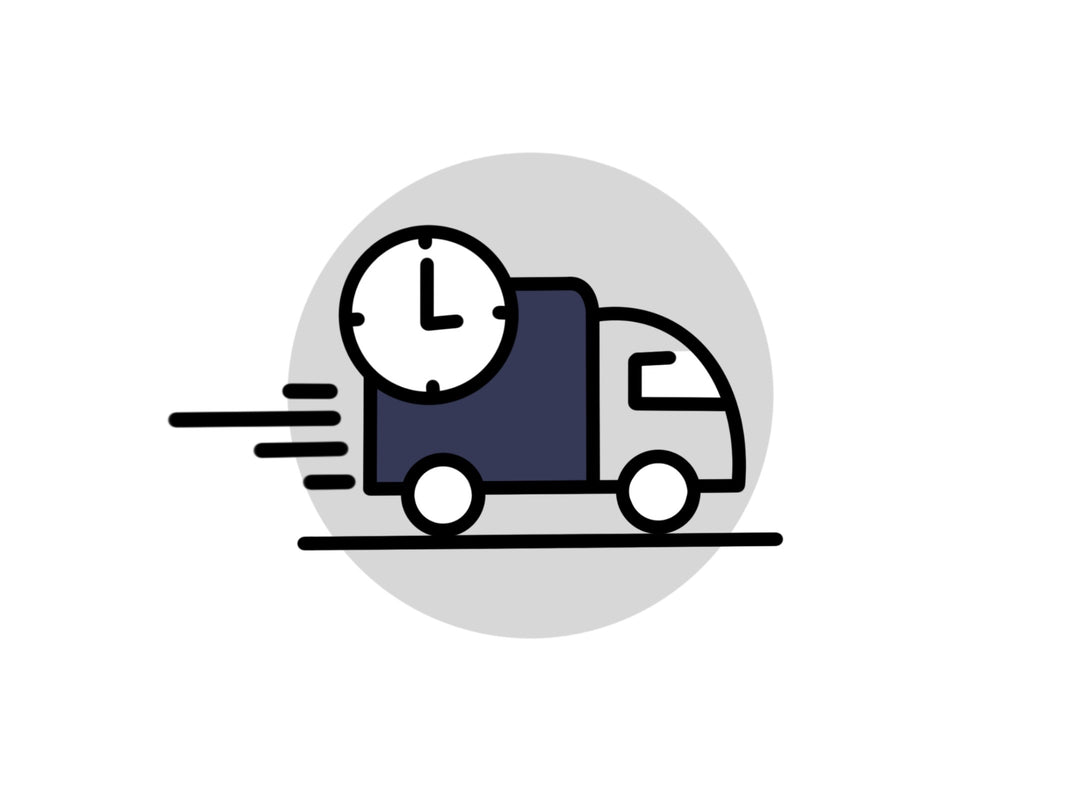What Is a Lovey and Why Should Your Child Have One?

Have you ever heard about the term “lovey”? As a new parent, giving your child a lovey can make them feel soothed and comforted. That’s why they are also called comfort objects or transitional objects that are perfect for babies a few months old.
But what is a lovey?
A lovey can be a blanket, a teddy bear, or another soft item to which young children can feel very attached. Kids usually use their loveys to comfort themselves before they sleep, and they want to keep them handy when something new or intimidating happens to them.
Should you buy a lovey for your child? Here are five things you need to know before you make that decision.
1. A Lovey Can Be Any Object Your Child Adores
Some people only consider a soft blanket as a lovey, but a lovey can be anything. A lovey can be a stuffed animal, a plushie, a topponcino, a bathrobe, or even a baby doll. If your child wants, loveys can even be rubber ducks, toy trucks, or even TV remotes!
Your baby can pick out anything as long as it is an object they regularly use and seek out whenever they need comfort.
2. Loveys Can Be Good for Parents, Too
Though your child often uses your lovey, it’s also helpful for parents, as it can help you settle your child’s moods. With a lovey, your baby learns the concept of self-soothing, especially when they are feeling unsure or scared and you are not around.
There are situations where a lovey offers the ultimate comfort, such as meeting a new sitter, visiting a daycare center, moving from one class to another, seeing other children, and traveling to another place. Aside from soothing your child, knowing that they will have a “friend” with them can help you feel better, as well.
3. 50 Percent of Children Gets Attached to Their Lovey
According to studies, a lovey helps 50 percent of infants and toddlers transition from being a wholly dependent newborn to an independent preschooler. Usually, they form attachments at eight months to one year, which can last for years. You’ll notice them becoming mobile, but they usually won’t go anywhere without their lovey in their arms.
4. Eventually, Your Child Will Give Up Their Lovey
If you’re wondering how long your child will depend on their lovey, there’s no specific period. But be assured that they will give it up once they are ready. Taking it away from them by force will not be necessary—it will just bring stress and conflict.
5. There’s No Need to Worry About Too Much Attachment
You don’t have to worry about your child feeling too attached. As your child learns about and begins to develop interpersonal relationships, they will naturally ease themselves into leaving their lovey behind. If you feel like the attachment is overbearing, you can leave the lovey at home so your child can go through daily life without it.
Conclusion
If you have a young child, consider getting them a lovey. You can start with an organic topponcino or a blanket which you can use to lull them to sleep. Eventually, your child will associate it with comfort and use it regularly.
Are you wondering where to get a Montessori lovey? Take a look at our collection at The Topponcino Company. Our all-natural cotton security pillows can provide support and comfort for your baby’s life. Read through our resources today to learn more about topponcinos.












